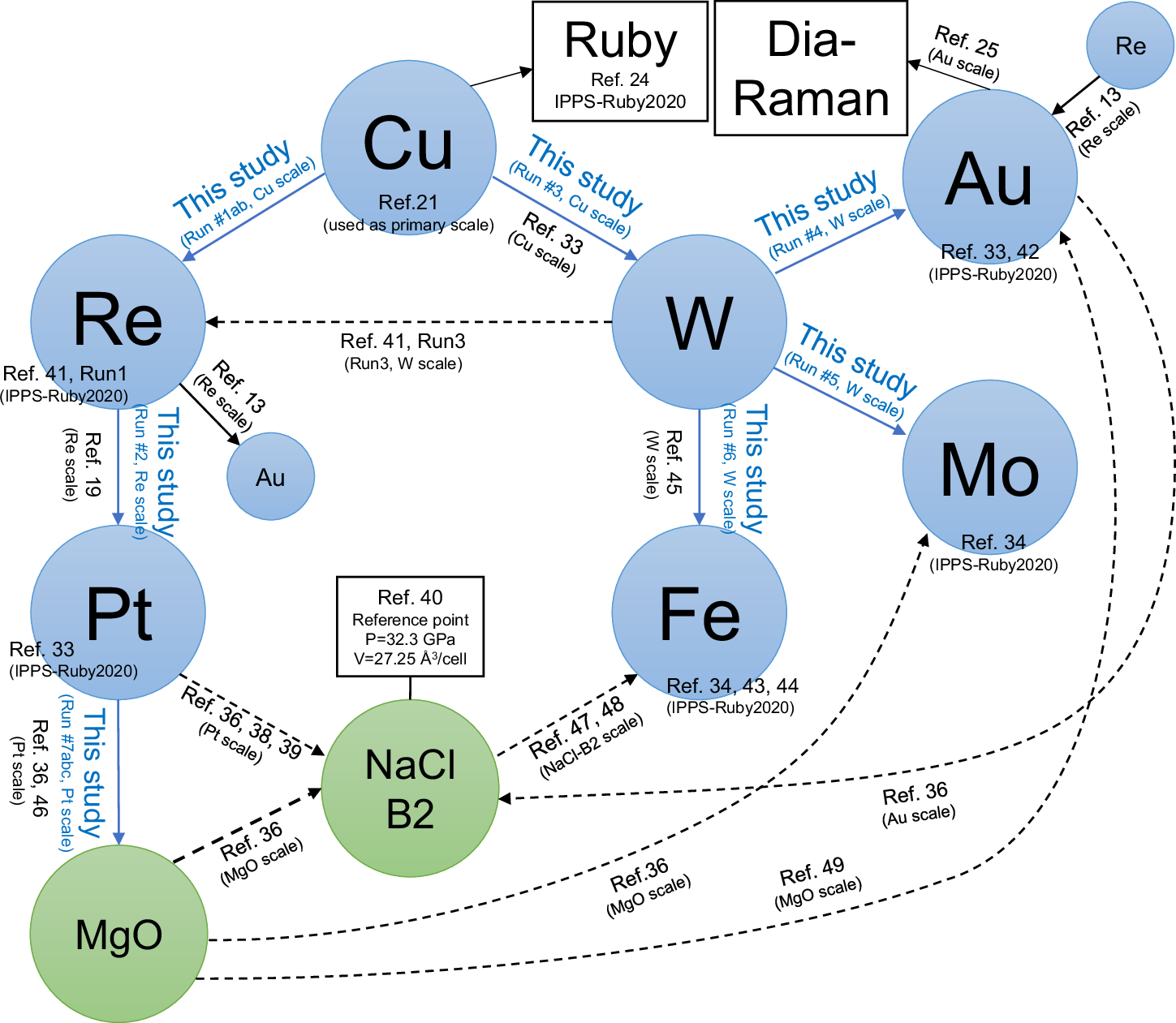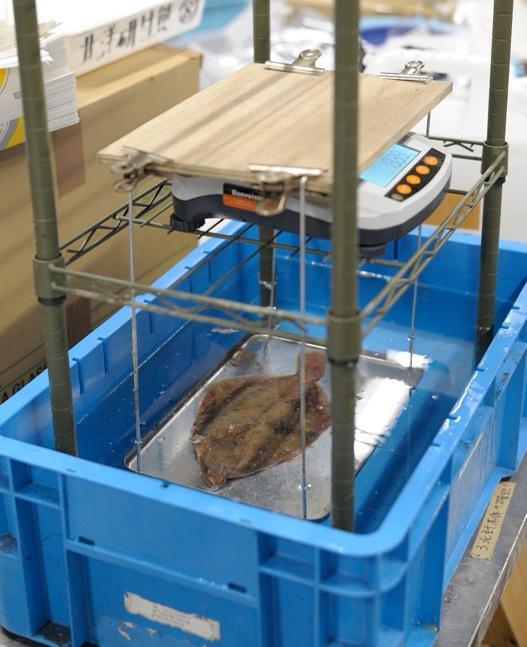2025-04-18 京都大学
<関連情報>
- https://www.kyoto-u.ac.jp/ja/research-news/2025-04-18-0
- https://www.kyoto-u.ac.jp/sites/default/files/2025-04/web_2504_Souma-6f609df57544b56f0fe535ec58ddf5c9.pdf
- https://www.sciencedirect.com/science/article/pii/S1470160X25003991
レンズ生態系と海洋生態系における環境DNA粒子の空間的拡散: その概要と統合 Spatial dispersal of environmental DNA particles in lentic and marine ecosystems: An overview and synthesis
Toshiaki S. Jo, Hiroaki Murakami, Ryosuke Nakadai
Ecological Indicators Available online: 15 April 2025
DOI:https://doi.org/10.1016/j.ecolind.2025.113469

Highlights
- Studies for eDNA dispersal in lentic and marine ecosystems were reviewed.
- Dispersal distances greatly varied depending on studies and ecosystems.
- Average eDNA dispersal distance tended to be shorter in ponds and lakes than in oceans.
- The findings offered implications on spatial resolution of eDNA signals and eDNA sampling strategy depending on eDNA dispersal level.
Abstract
Knowledge of the transport of environmental DNA (eDNA) particles, including its downstream transport, dispersal, and deposition, is crucial for properly assessing the spatial scale of its signals in the field. Despite the relative progress in research on riverine eDNA transport, the mechanism of eDNA dispersal in lentic (ponds and lakes) and marine (oceans and coasts) ecosystems remains understudied. Here, we reviewed and integrated the previous findings of horizontal and vertical eDNA dispersal in lentic and marine ecosystems. We showed the lack of studies in these ecosystems and substantial variabilities among their results, which could be induced by a variety of ecological, hydrological, and geographical factors. We also re-analyzed the previous studies to estimate the rates of horizontal eDNA dispersal in lentic and marine ecosystems, indicating that eDNA particles can reach substantially farther in the oceans and coasts than in the ponds and lakes. The literature review and analysis suggested that the level of eDNA dispersal influenced the resolution of eDNA signals to reflect the spatial community structures, which could further pose positive and negative impacts on the eDNA sampling strategy. Future efforts to understand such technical background and relate eDNA dispersal dynamics to environmental parameters will help properly interpret the eDNA detection results and make eDNA analysis more effective for conservation and environmental management.



